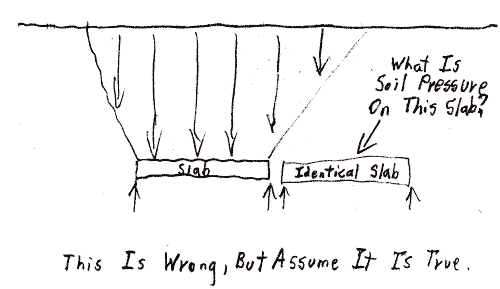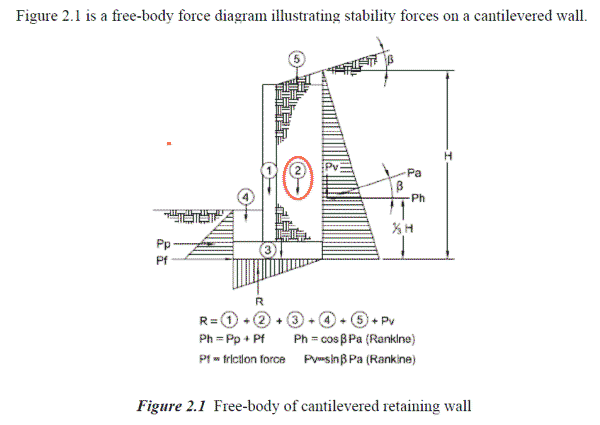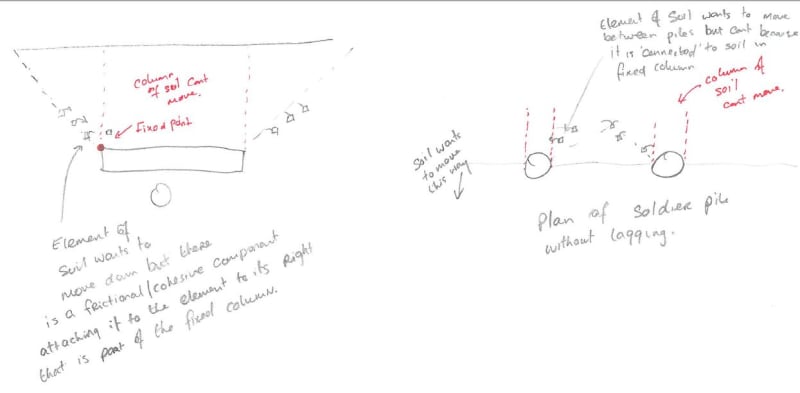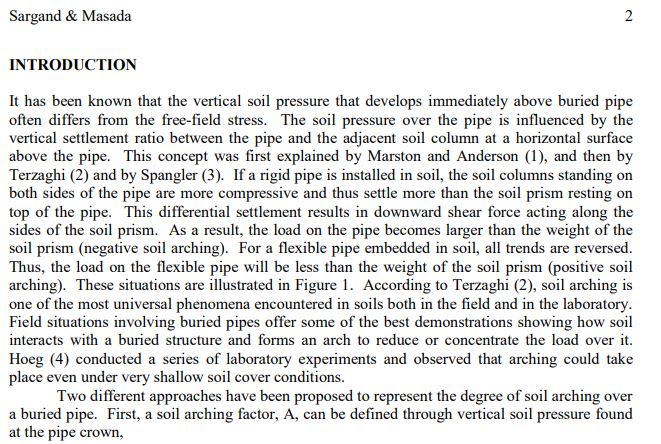I am required to design bridging slabs above a sewer line, as per the sketch below. The criteria is not to transfer loads to the sewer line, hence the need for a slab. the slab will be supported on 4 piers, so it is a suspended slab.
My question is: how much soil weight does this slab carry? is is simply soil density x depth "D"? or does the soil weight disperse somehow?
So if the distance "D" was 100m (hypothetically) in a 19kN/m^3 soil, does the dead load (soil weight) becomes 1900 kPa?
Thanks in advance.
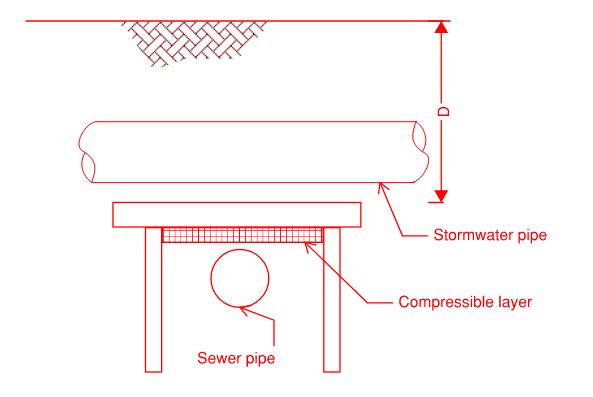
My question is: how much soil weight does this slab carry? is is simply soil density x depth "D"? or does the soil weight disperse somehow?
So if the distance "D" was 100m (hypothetically) in a 19kN/m^3 soil, does the dead load (soil weight) becomes 1900 kPa?
Thanks in advance.


![[idea] [idea] [idea]](/data/assets/smilies/idea.gif)
